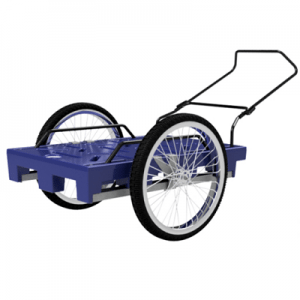
Agriculture
June 23, 2024
AguaPallet
Read SolutionImplemented by
LoooP Creative Ltd
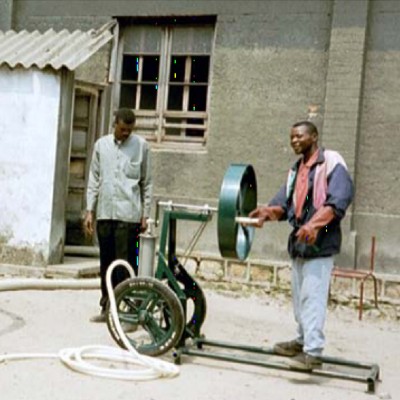
Updated on January 8, 2024
·Created on June 29, 2021
MAPET System (Manual Pit-latrine emptying technology) was a pushcart designed to empty existing pit latrines.
The MAPET System was a human-powered vacuum system made up of two separate systems. A pump operated by a hand piston pump and vacuum tank that are both mounted on a pushcart. This product has been discontinued and marked as a failure due to the inability to source parts and the high initial cost to purchase based on a review of pit latrine technologies.
Target SDGs
SDG 6: Clean Water and Sanitation
Market Suggested Retail Price
$3,000.00
Target Users (Target Impact Group)
Household, Community
Distributors / Implementing Organizations
WASTE
Competitive Landscape
Direct competitors include The Vacutug.
Countries
Tanzania
Manufacturing/Building Method
The components of the MAPET System were sourced in the Netherlands and then assembled in Tanzania.
Intellectural Property Type
Select Type
User Provision Model
The MAPET system was purchased from a partner NGO in hopes to set locals up in small businesses removing the fecal sludge from latrines.
Distributions to Date Status
Unknown
Toilet type
Latrine emptying
Evacuation method
Vacuum hand pump
Storage conditions
Raw
Capacity (L)
Unknown
Time until emptying
5 to 25 minutes
Design Specifications
There are two pieces of the MAPET system. The piston pump with the flywheel and the 200-litre vacuum tank. Each is mounted on a pushcart. A hose is connected to the tank and is used to suck the sludge from the pit. When the hand pump is turned, air is sucked out of the vacuum tank and sludge is sucked up into the tank. Depending on the consistency of the sludge, the MAPET can pump up to a height of 3 m.
Technical Support
There is no technical support provided and users are expected to maintain the product on their own.
Replacement Components
This product failed due to lack of availability of replacement components.
Lifecycle
Unknown
Manufacturer Specified Performance Parameters
The goal of the MAPET system was to provide individuals with the product and they would be able to manage their own fecal sludge removal business. The manufacturer also wanted to relieve issues associated with dependence on fossil fuels, demolition of slab, accessibility and local engagement.
Vetted Performance Status
Unknown
Safety
There were no known safety issues with this product.
Complementary Technical Systems
1. A mixing rod for stirring the waste
2. A hook for picking out waste that would block the suction hose
3. A shovel
4. A chisel and hammer for widening the squatting hole for the suction hose.
Academic Research and References
Mikhael, G., et al., 2014, Methods and Means for Collection and Transport of Faecal Sludge. Faecal Sludge Management: Systems Approach for Implementation and Operation. London: IWA Publishing, pp. 67-96.
Yoke, P.T., et al., 2009, Pit Latrine Emptying: Technologies, Challenges and Solutions. EWB – UK Research Conference, 2009.
Compliance with regulations
Unknown
Evaluation methods
Unknown
Other Information
A report from IRC WASH that discusses the MAPET System.

Agriculture
June 23, 2024
Implemented by
LoooP Creative Ltd
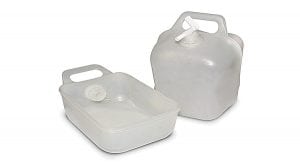
Agriculture
January 10, 2024
Implemented by
NRSRelief
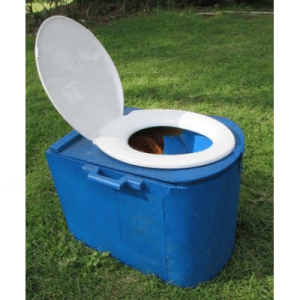
Agriculture
January 22, 2024
Implemented by
Sanivation

Agriculture
December 13, 2023
Implemented by
change: Water
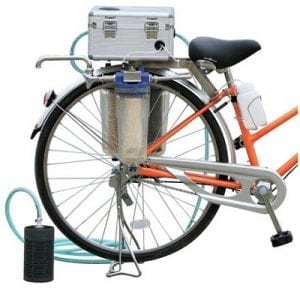
Agriculture
December 27, 2023
Implemented by
Nippon Basic Co. Ltd.
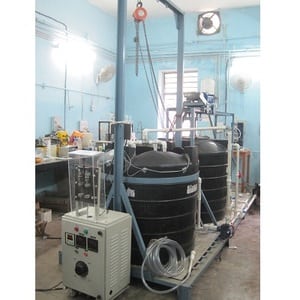
Agriculture
January 8, 2024
Implemented by
Gadgil Lab, University of California Berkeley

Agriculture
June 22, 2024
Implemented by
Hippo Roller
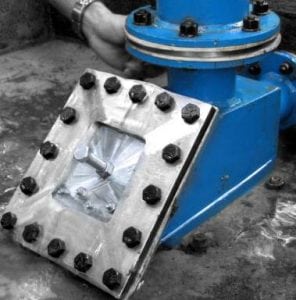
Agriculture
December 21, 2023
Implemented by
AID Foundation Inc. (AIDFI)
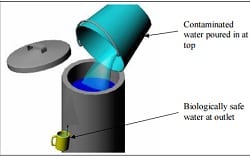
Agriculture
January 10, 2024
Implemented by
Ideas at Work
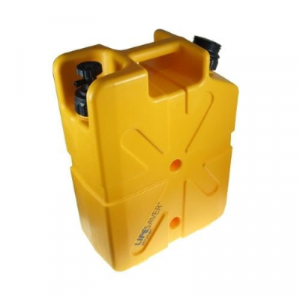
Agriculture
December 29, 2023
Implemented by
Lifesaver
Have thoughts on how we can improve?
Give Us Feedback